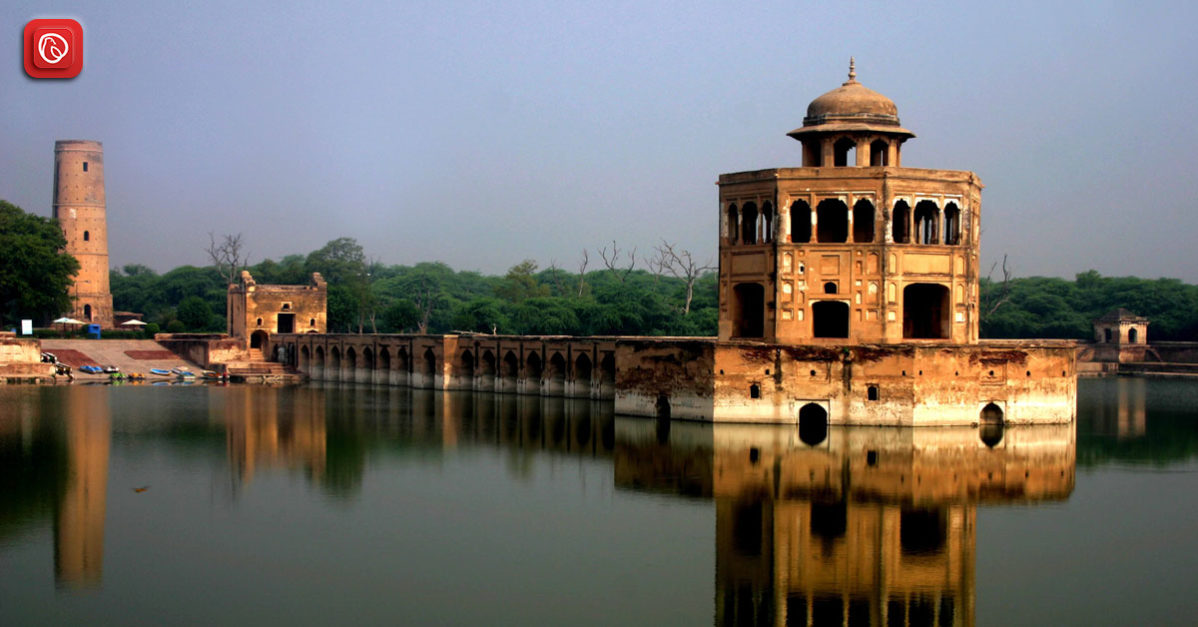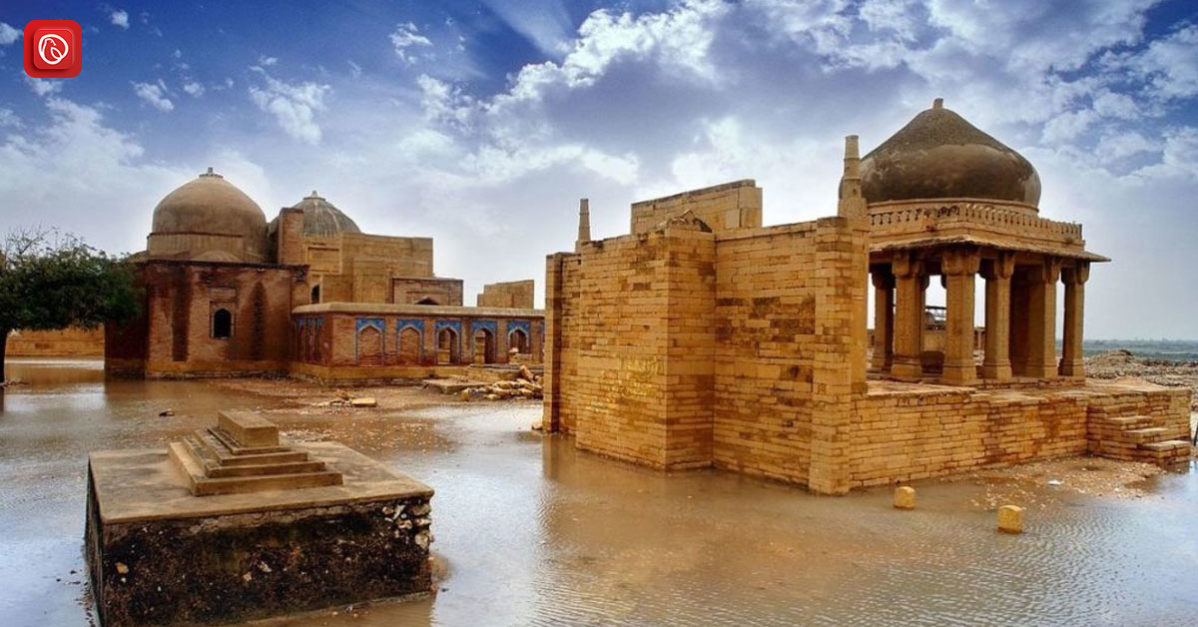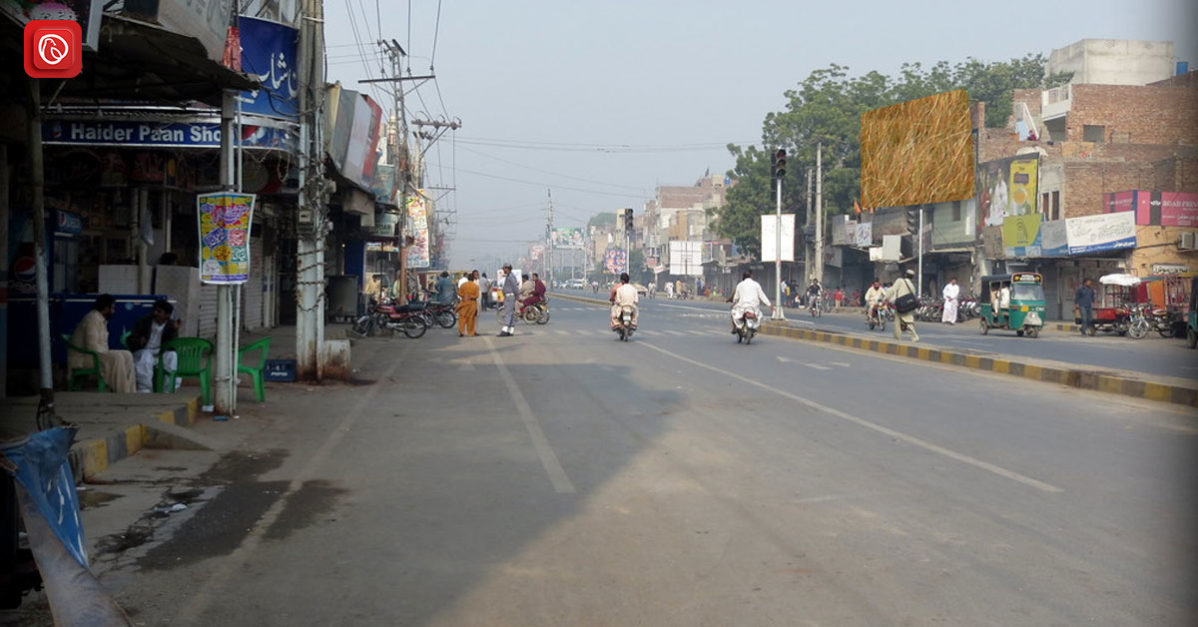From its rich Mughal heritage to its vibrant agricultural landscapes, Sheikhupura captivates visitors with its timeless charm and dynamic energy. Join us as Graana.com delves into the tapestry of this historic city, uncovering its architectural marvels, culinary delights, and the warmth of its people, all of which contribute to the unique allure of Sheikhupura.
Whether you’re a history enthusiast, a culinary adventurer, or simply seeking a glimpse into the soul of Punjab, Sheikhupura promises an unforgettable journey filled with discovery and wonder. In this blog, Graana.com brings you a comprehensive guide to the historic city of Sheikhupura.
History of Sheikhupura
Sheikhupura, a city nestled in Punjab province in eastern Pakistan, boasts a rich and vibrant history that stretches back to 100 B.C. Originally known as Sangla or Sakala, it served as the capital of Punjab during ancient times, witnessing significant events such as the battles of Alexander the Great in 325 B.C. Over the centuries, the city evolved, eventually becoming a hub of Mughal influence and culture.
During the reign of Emperor Jahangir in the early 17th century, Sheikhupura flourished as a royal hunting ground. The emperor, known for his love of hunting, commissioned the construction of a magnificent fort and the iconic Hiran Minar, a towering monument dedicated to his beloved deer, Mansraj. Under Mughal rule, Sheikhupura thrived as an important centre of trade and commerce, connected by road and rail to Lahore and other cities in the region.
In the 18th century, Sheikhupura came under Sikh rule, with prominent leaders such as Arbial Singh and Amer Singh ruling the area. However, their reign was short-lived, as Maharaja Ranjeet Singh, the powerful Sikh ruler. He successfully defeated them and claimed Sheikhupura as part of his domain. Following Ranjeet Singh’s victory, the city witnessed a period of relative stability and prosperity.
Today, Sheikhupura is a testament to its storied past, with landmarks such as the Jahangir Fort and Hiran Minar serving as reminders of its rich Mughal heritage. As an industrial centre in textiles, Sheikhupura continues to thrive, contributing to the economic prosperity of the region.
Location & Topography
Sheikhupura, situated in the Punjab province of eastern Pakistan, boasts a diverse topography and a strategic location that has contributed to its historical significance and modern development.
Topographically, Sheikhupura lies within the Bar tract, a region characterised by its alluvial plains. These fertile plains are irrigated by the Chenāb Canal system, making them highly suitable for agriculture. The flat terrain and fertile soil have supported the cultivation of crops such as wheat, rice, sugarcane, and citrus fruits, contributing to the city’s agricultural prosperity.
In addition to its plains, Sheikhupura is adorned with natural landscapes that add to its charm. The city is surrounded by lush greenery and picturesque vistas, with the Hiran Minar tower standing as a prominent landmark that overlooks the countryside. This massive tower, built during the Mughal era, offers panoramic views of the surrounding landscape and serves as a popular tourist destination.
Geographically, Sheikhupura enjoys a strategic location within Punjab, with easy access to major cities and transportation routes. It is connected by road and rail networks to Lahore, the provincial capital, which lies just 40 km southeast of Sheikhupura. This proximity to Lahore, a major economic and cultural centre, has facilitated trade and commerce, further enhancing Sheikhupura’s importance as an industrial hub.
Moreover, Sheikhupura’s location along important transportation corridors has contributed to its economic growth and development. The city’s railway station and well-maintained roadways provide connectivity to various parts of Pakistan, facilitating the movement of goods and people.
Overall, Sheikhupura’s topography, characterised by fertile plains and scenic landscapes, combined with its strategic location and transportation networks, makes it a vital centre for agriculture, industry, and commerce in the Punjab region of Pakistan.
Tourist Attractions
Following are some of the top tourist attractions in Sheikhupura:
Gurdwara Sacha Sauda
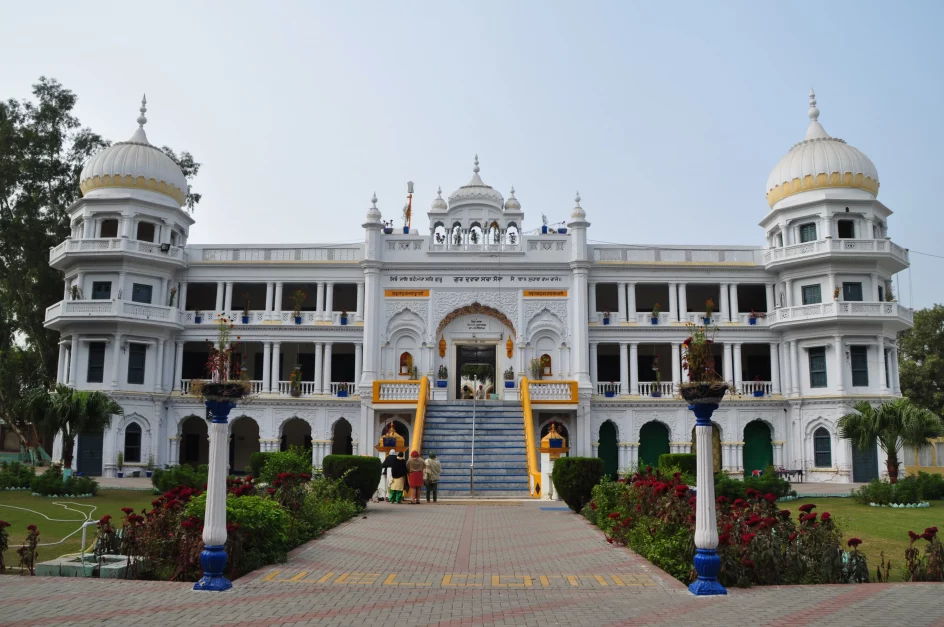
The Gurdwara Sacha Sauda derives its name from a story associated with Guru Nanak. Ranjeet Singh later constructed the gurdwara at the site where Guru Nanak had performed this act of charity, instead of investing his money in his father’s business, Baba Guru Nanak chose to give it to a needy person, proclaiming it as “Sacha Sauda” or true charity, as he believed that helping the hungry was the most valuable and rewarding use of wealth.
Over time, the gurdwara faced challenges, including encroachment by the Gujjar community and neglect. However, in 1992, efforts led by the Evacuee Trust Property Board (ETPB) resulted in the restoration of the gurdwara to its original condition, preserving its historical significance.
Shrine of Syed Waris Ali Shah
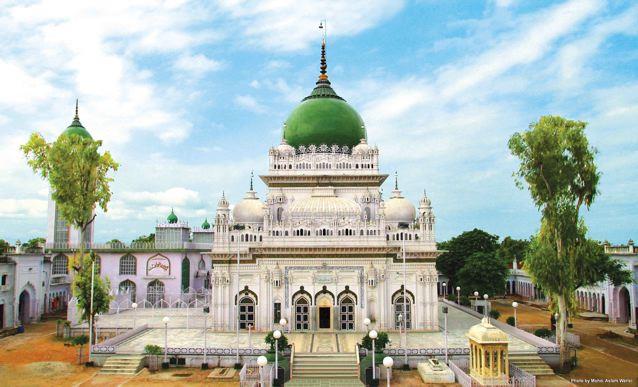
Syed Waris Ali Shah’s Shrine is situated along the Hafizabad-Sheikhupura Road in Jandiala Sher Khan, Sheikhupura, Punjab, Pakistan. Born in Sheikhupura around 172, Waris Shah, a revered Sufi poet, authored the literary masterpiece Heer-Ranjha, earning recognition as one of the finest Punjabi poets of all time. His work has garnered widespread acclaim, both domestically and internationally.
Despite his passing in 1798, Waris Shah’s legacy continues to resonate with devotees and admirers. Each year, thousands of pilgrims make the journey to Jandiala Sher Khan to pay homage at his tomb. The mausoleum committee, overseeing the shrine’s preservation, conceptualised the tomb’s design in 1975, with construction culminating in 1978.
The Shrine of Syed Waris Ali Shah stands as a testament to the enduring reverence and admiration for his literary contributions, attracting visitors from far and wide to honour his memory and seek spiritual solace.
Khangura Canal
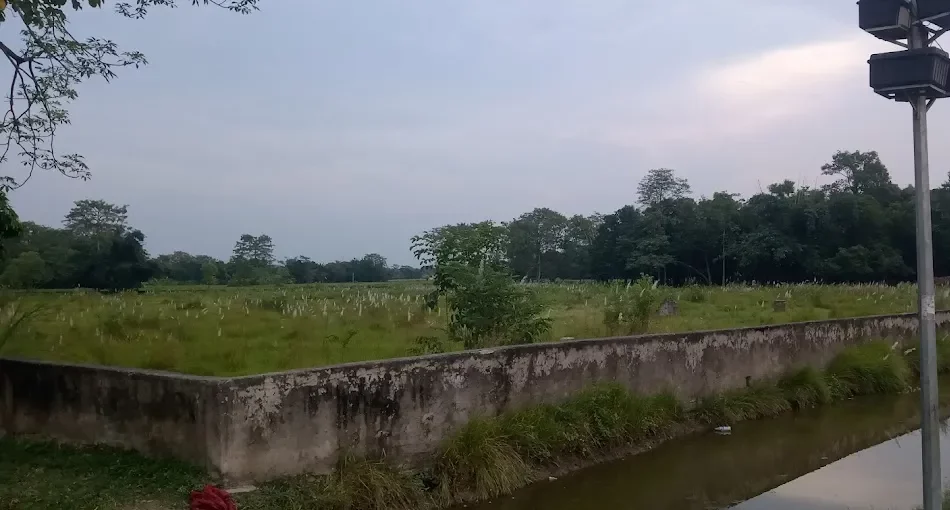
The Khanpur Canal, also known as Canal Upper Chenab, offers a tranquil retreat amidst the natural beauty of Sheikhupura. Spanning from the head of the River Chenab to the River Ravi, this man-made waterway provides a serene environment for visitors to unwind and enjoy the scenic surroundings.
Visitors frequent the canal to bask in the cool breeze, savour grilled fish, and partake in leisurely activities. The peaceful ambience and picturesque views make it an ideal spot for picnics, family outings, and nature enthusiasts seeking respite from the hustle and bustle of city life.
Sheikhupura Fort
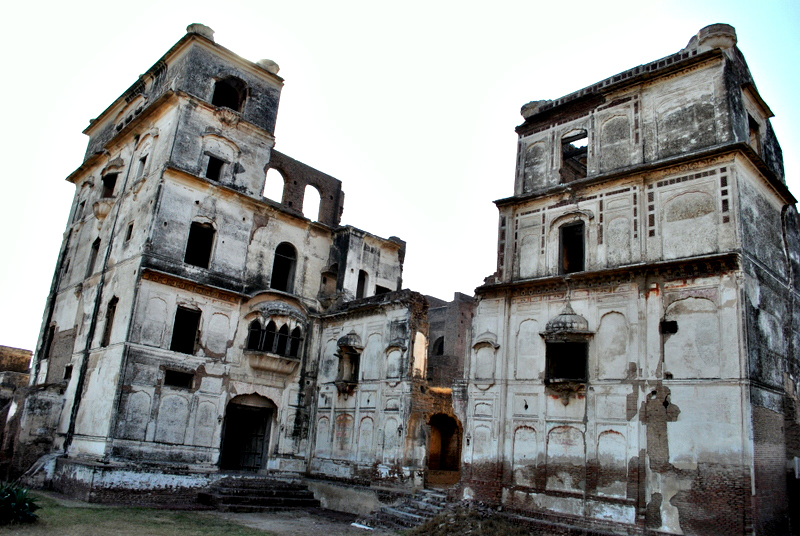
Sheikhupura, now the headquarters of its district, has a long history dating back to ancient times. In the year A.H. 1015, Emperor Jehangir chose the area as his hunting grounds, establishing a camp known as Jehangirpura, which eventually evolved into present-day Sheikhupura.
He commissioned Iskandar Moin, the Jagirdar of the Pargana, to construct a fort there, naming it after himself. The fort, located in southeastern Sheikhupura, covers about 65 Kanals. It was a significant residence during Ranjit Singh’s reign, especially for Rani Raj Kauran, also known as “Rani Nakayan.”
An elaborately decorated room on the upper storey is believed to have been Rani Nakayan’s residence. It features intricate floral fresco paintings. After Ranjit Singh’s death, the British imprisoned his famous queen, Rani Jindan, in the same fort. She was an active participant in Sikh politics. Other structures within the fort reflect Sikh architecture, showcasing the influence and contributions of Sikh rulers.
Hiran Minar
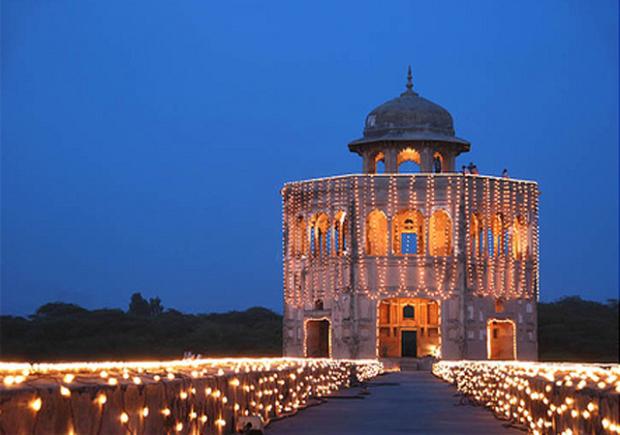
Emperor Jahangir commissioned the construction of the Hiran Minar around 1606 A.D. It was once part of the royal hunting grounds in the area, now known as Sheikhupura. Jahangir, in his memoirs known as Tuzk, mentioned the erection of a minaret near Jahangirpur.
This brick structure is tall, originally 95 feet high and with four storeys, but the top one is missing now. It has impressive architectural features. The basement is octagonal with rich panelling, serving as the foundation. The next three circular storeys have small openings for natural light.
Adjacent to the Hiran Minar lies a double-storey gateway in typical Mughal style. It leads to the Daulat Khana or baradari, a pavilion situated in the centre of a large tank. Accessible via a causeway supported by 21 pointed arches, this island structure is a unique architectural gem in Pakistan.
Sheikhupura Stadium
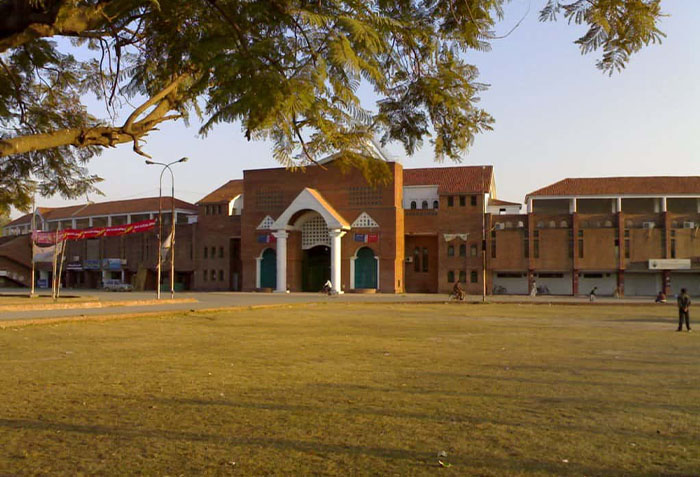
Sheikhupura Stadium is a versatile sporting facility that hosts a variety of events and recreational activities. The stadium seats 15,000 people, hosting cricket matches, hockey games, and other events. Besides sports, it has modern amenities: a gym, shopping complex, and a park. Whether watching a game or exploring, Sheikhupura Stadium offers fun for all ages.
Frequently Asked Questions (FAQs)
Following are some of the top FAQs on Sheikhupura:
What are some notable tourist attractions in Sheikhupura?
Sheikhupura boasts several notable tourist attractions, including the Sheikhupura Fort, Hiran Minar, Gurdwara Sacha Sauda, Shrine of Syed Waris Ali Shah, and Sheikhupura Stadium.
What is the historical significance of Sheikhupura?
Sheikhupura has a rich historical heritage dating back to ancient times. It was once the capital of Punjab, with remnants of its historical importance evident in landmarks such as the Sheikhupura Fort and Hiran Minar.
How do I reach Sheikhupura?
Sheikhupura is well-connected by road and rail networks. It is approximately 25 miles (40 km) southeast of Lahore, making it easily accessible from major cities in the region.
What is the significance of the Shrine of Syed Waris Ali Shah?
The Shrine of Syed Waris Ali Shah, located in Jandiala Sher Khan, is dedicated to the revered Sufi poet Waris Shah. Thousands of devotees visit the shrine annually to pay homage to his memory and seek spiritual blessings.
Are there accommodation options available in Sheikhupura?
Yes, Sheikhupura offers a range of accommodation options, including hotels, guesthouses, and lodges, catering to different budgets and preferences.
Are there any safety precautions to consider when visiting Sheikhupura?
While Sheikhupura is generally safe for tourists, it is advisable to exercise caution and adhere to local customs and regulations. It is recommended to stay updated on travel advisories and follow guidelines issued by local authorities.
In conclusion, Sheikhupura stands as a testament to the rich historical and cultural heritage of Pakistan’s Punjab province. Sheikhupura boasts captivating tourist attractions: ancient forts, revered shrines, and architectural marvels. The city offers warm hospitality, delectable cuisine, and diverse recreational opportunities. Travelers are invited to immerse themselves in Sheikhupura’s enchanting ambiance and create lasting memories.
For more information, visit Graana.com.
